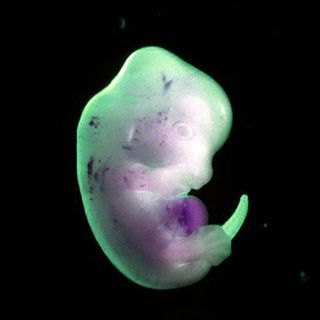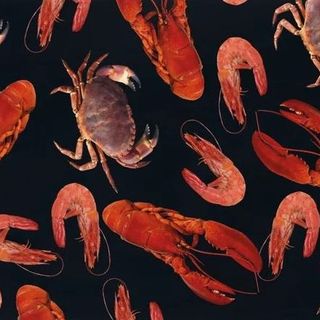Beaches near Chennai made headlines Monday as the waters off India’s southeastern coast took on a glow-in-the-dark quality thanks to the presence of bioluminescent phytoplankton. While the event is making waves on social media, as locals photograph the beaches that glow at night, experts warn that the unusual oceanic sparkles are a sign of environmental damage that may be caused by climate change.
Noctiluca scintillans is a species of phytoplankton known for its bioluminescence — that is, an organism’s ability to generate light through biochemical functions. Fireflies and some deep-sea creatures also have this ability. In high concentrations, Noctiluca, which are invisible to the human eye, appear as infinite sparkles in the ocean. They are typically found in such levels — known as “blooms” — off some of the coasts of Japan, the U.S., and South America, but rarely make bloom near India due to coastal tide characteristics here, Dr. Gulshad Mohammed, a principal marine scientist with the Central Marine and Fisheries Research Institute (CMFRI), in Kozhikode, told The News Minute.
The fact that the phytoplankton are making such a large-scale appearance now suggests environmental damage. While some experts say heavy rains and sewage pollution of the coastal waters could be behind the current glow-in-the-dark bloom, others point to research that has linked unusual Noctiluca blooms to climate change. Noctiluca thrive in oxygen-poor waters; warm waters naturally contain less oxygen; as climate change increasingly warms waters, these phytoplankton thrive in areas they previously would not inhabit.
Related on The Swaddle:
One Million Species Face Extinction Because of Humans: UN Report
A Noctiluca bloom “… points to lack of marine health in the particular area. This blue-green Notiluca also emanates ammonia and eats diatoms, a kind of plankton, which fish depend on food as well,” Pooja Kumar, of the Coastal Resource Centre, told The News Minute. “In places like Oman and Tanzania, they have found [blooms] for weeks and it leads to fish kills and creates a temporary death zone which drives fish away.”
Because of this, phytoplankton blooms often affect the fishing industries where they occur, as well as other coastal economies, reported Pacific Standard in 2017.
That said, phytoplankton are critical to regulating Earth’s climate because they absorb the carbon dioxide emissions that contribute to climate change; unfortunately, ocean temperature fluctuations are also killing off phytoplankton: the oceans have lost 40% of their phytoplankton population since 1950.
“They’re tremendously important,” Andrew Barton, an oceanographer and associate research scholar at Princeton University, told Pacific Standard. “They’re at the very bottom of the food chain, and what happens at the bottom impacts everybody.”
For now, experts say they will be monitoring Chennai’s bioluminescent beach closely. If the bloom continues and causes fish deaths, or recurs in the future, it’s cause for concern. However, “if it is not recurring it is not a cause of worry,” Kumar told The News Minute.




